Milwaukee M18 RADIUS 2145-20 Bruksanvisning
Milwaukee
Ikke kategorisert
M18 RADIUS 2145-20
Les nedenfor 📖 manual på norsk for Milwaukee M18 RADIUS 2145-20 (12 sider) i kategorien Ikke kategorisert. Denne guiden var nyttig for 14 personer og ble vurdert med 4.8 stjerner i gjennomsnitt av 7.5 brukere
Side 1/12

Cat. No. / No de cat.
2145-20
M18™
ADIUS
™
LED COMPACT SITE LIGHT
ÉCLAIRAGE DE CHANTIER COMPACTE À DEL M18™
ADIUS
™
LÁMPARA LED COMPACTA PARA OBRA M18™
ADIUS
™
OPERATOR'S MANUAL
MANUEL de L'UTILISATEUR
MANUAL del OPERADOR
WARNING To reduce the risk of injury, user must read and understand operator's manual.
AVERTISSEMENT An de réduire le risque de blessures, l'utilisateur doit lire et bien
comprendre le manuel.
ADVERTENCIA Para reducir el riesgo de lesiones, el usuario debe leer y entender el manual.
Produkspesifikasjoner
| Merke: | Milwaukee |
| Kategori: | Ikke kategorisert |
| Modell: | M18 RADIUS 2145-20 |
Trenger du hjelp?
Hvis du trenger hjelp med Milwaukee M18 RADIUS 2145-20 still et spørsmål nedenfor, og andre brukere vil svare deg
Ikke kategorisert Milwaukee Manualer
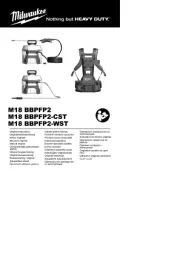
19 September 2025
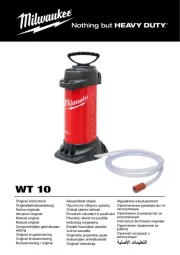
19 September 2025
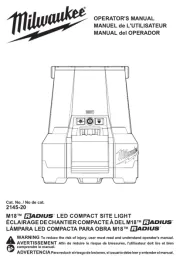
16 August 2025
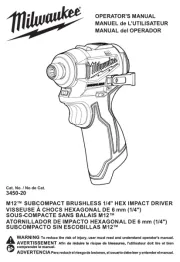
15 August 2025
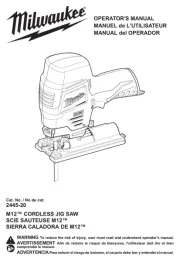
15 August 2025
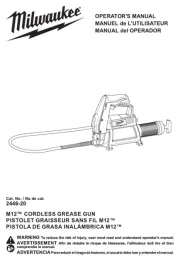
15 August 2025
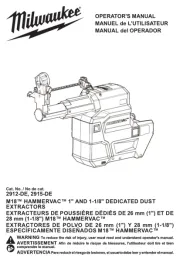
15 August 2025
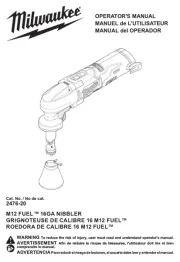
15 August 2025
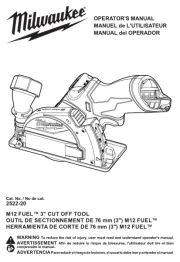
15 August 2025
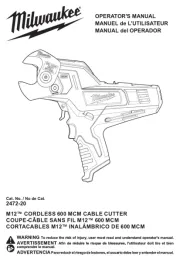
14 August 2025
Ikke kategorisert Manualer
- GLP
- Beurer
- Bresser
- Chamberlain
- Uniprodo
- Melchioni
- Eurolite
- Diamond Audio
- Glem Gas
- AmpliVox
- IPEGA
- DAB
- Safety 1st
- Eheim
- Leifheit
Nyeste Ikke kategorisert Manualer
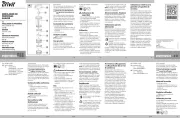
23 Oktober 2025
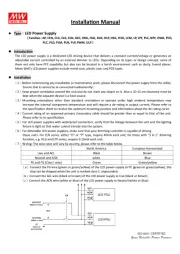
23 Oktober 2025
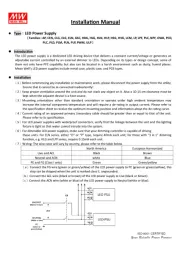
23 Oktober 2025
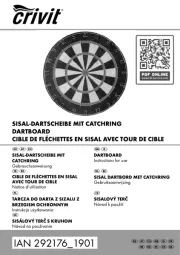
23 Oktober 2025
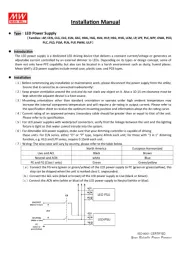
23 Oktober 2025

23 Oktober 2025
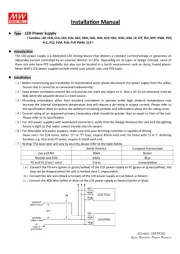
23 Oktober 2025

23 Oktober 2025
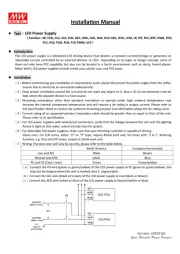
23 Oktober 2025
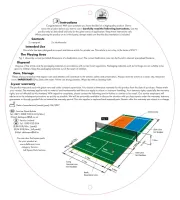
23 Oktober 2025